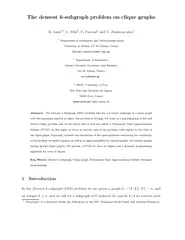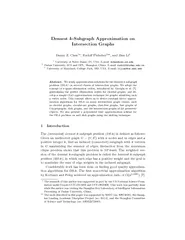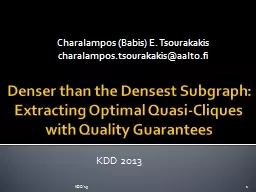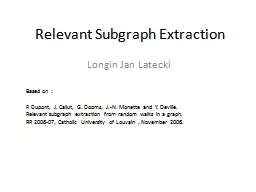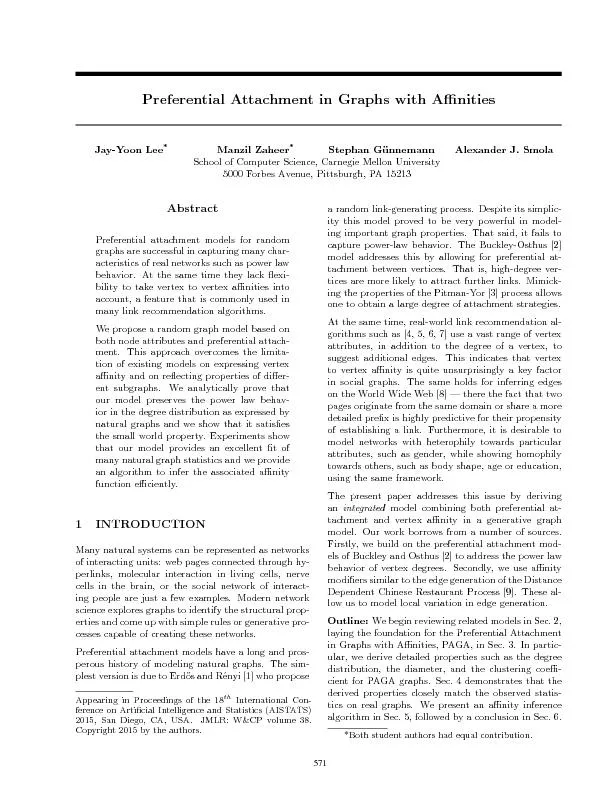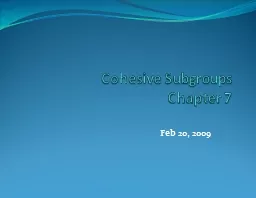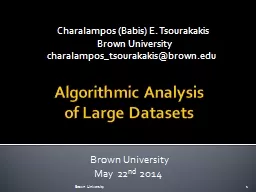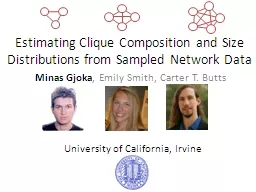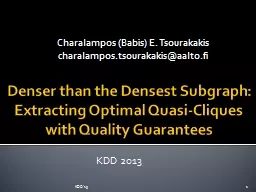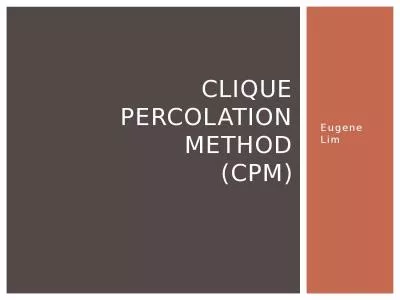PDF-The densest subgraph problem on clique graphs M
Author : danika-pritchard | Published Date : 2015-05-27
Liazi I Milis F Pascual and V Zissimopoulos Department of Informatics and Telecommunications University of Athens 157 84 Athens Greece mliazivassilis diuoagr Department
Presentation Embed Code
Download Presentation
Download Presentation The PPT/PDF document "The densest subgraph problem on clique g..." is the property of its rightful owner. Permission is granted to download and print the materials on this website for personal, non-commercial use only, and to display it on your personal computer provided you do not modify the materials and that you retain all copyright notices contained in the materials. By downloading content from our website, you accept the terms of this agreement.
The densest subgraph problem on clique graphs M: Transcript
Download Rules Of Document
"The densest subgraph problem on clique graphs M"The content belongs to its owner. You may download and print it for personal use, without modification, and keep all copyright notices. By downloading, you agree to these terms.
Related Documents

